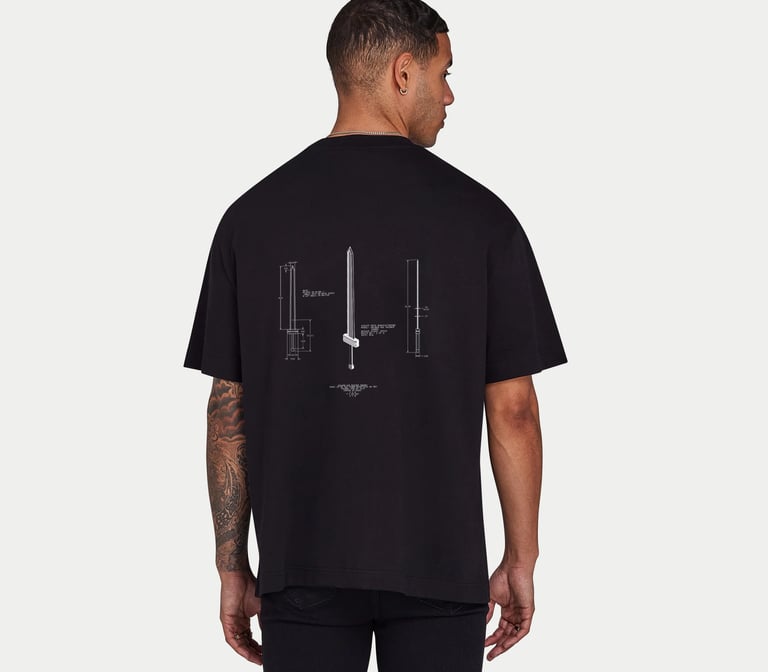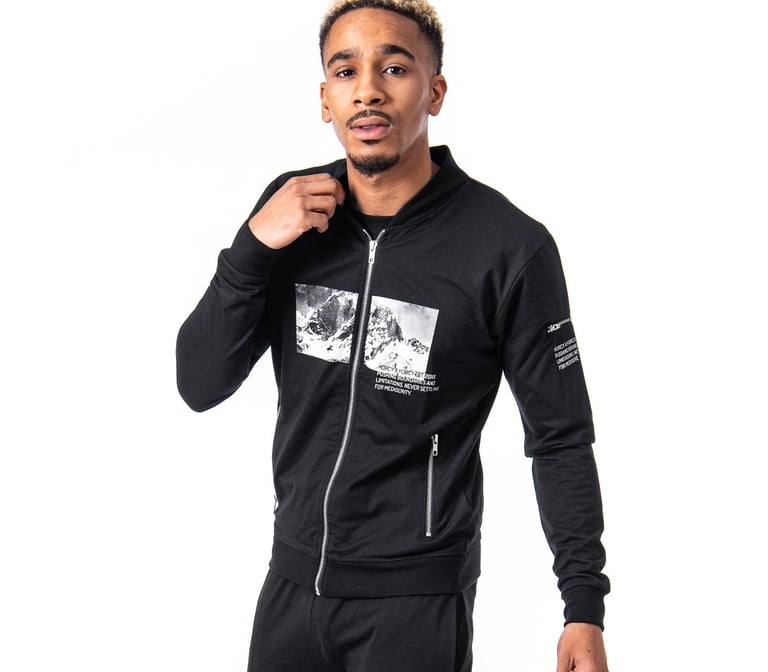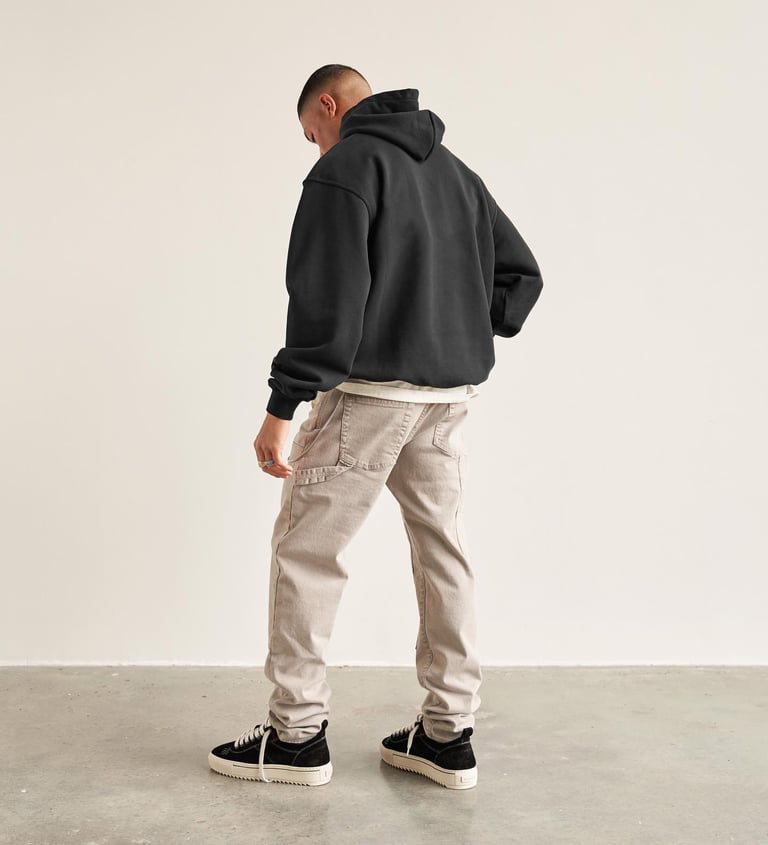Printing Methods Explained
By Mohammed Ahmed
7/12/20244 min read
If you are looking to start your clothing brand, you may be asking yourself, “What type of printing method works best for my design? I remember when I was starting my clothing brand, all of the different options had me confused as to which would be best. So I created this guide as the ultimate source to help you choose.
Each method has pros and cons that come into play. Factors bearing on your decision include the look of your design, your t-shirt fabric, the quantity of your print run, and your budget. In this guide, we'll walk you through the 5 main printing techniques to help you decide.
DTF - Direct To Film (recommended)
DTF stands for Direct to Film. This is where your design is printed using a specialised printer onto a sheet of transfer paper. the paper is then applied to the garment and heat pressed to cause a direct transfer to the garment. It is extremely versatile and is recommended by us for this reason.
Pros:
DTF can be applied to pretty much any fabric. Cotton, polyester, viscose, anything.
Fast turnarounds.
Low cost.
Very durable.
Vibrant colours.
Cons:
Ironing at high temperatures can cause discoloration.
You need to find a skilled DTF printer for the best results (like us!) as you need a DTF specialised printer.
DTG - Direct To Garment
As the name implies, direct-to-garment is a t-shirt printing technique that applies inks directly to the garment from a printer. DTG printing takes images directly from computer files, allowing you to customize your designs without creating new screens or stencils. You can print complex designs with vibrant colors, high resolution, and sharpness. You can use DTG on most popular t-shirt fabrics, including cotton, polyester, and cotton/polyester blends. It produces the best results on natural fabrics such as cotton.
Pros:
Direct-to-garment printing can handle highly complex designs with multiple colors or photographic detail.
DTG inks sink into the fabric for a smooth feel.
Direct-to-garment printing uses eco-conscious inks and materials.
Fast turarounds.
Cons:
Direct-to-garment printing works best on cotton and is not as ideal for fully polyester t-shirts.
DTG t-shirts have less resistance to washing and sunlight than screen-printed shirts.
DTG printers are expensive, though you can mitigate this by working with a company (like us!).
Screen Printing
The screen printing method applies ink designs to shirts by pressing ink through a mesh partly blocked off by a stencil printing shape. Using a mesh medium classifies screen printing as an indirect t-shirt printing method.
Pros:
Screen printing produces vivid prints for simple patterns with a small number of colors.
Screen-printed designs can be very durable.
Screen t-shirt printing is cost-efficient for large orders.
Cons:
Screen t-shirt printing requires significant set-up time for stencils and screens which can lead to slower turnarounds.
Screen printing isn't suitable for complex color patterns or high-resolution images.
The screen printing process is only cost-efficient at large scales.
Screen printing can leave a "cheap feeling" texture on the print.
Sublimation
Sublimation is also known as all-over printing (AOP) or dye sublimation because you can apply it to all areas. For example, dye sublimation can print repeated patterns or cover areas such as seams. Sublimation bonds to the fabric at a molecular level. The design is printed on transfer paper, then applied to the garment and heat pressed under pressure causing the print to bond to the fabric.
Pros:
Can be printed all over a garment.
Sublimated inks blend into the shirt's fabric, creating a smooth look and feel.
Sublimated shirt designs won't fade or peel.
Fabrics remain totally breathable.
Cons:
Dye sublimation doesn't work well with cotton or dark garments.
Sublimation is expensive compared to other t-shirt printing options.
Embroidery
While not necessarily printing, embroidery is a popular and great method of transfering designs onto garments. It involves digitising a design, and feeding that to an embroidery machine, which then uses a needle and thread to thread the design onto the fabric.
Pros:
Gives a nice '3D' effect to your design.
Very durable and long lasting.
Can work on almost any fabric.
Cons:
Not suitable for complex designs.
Not suitable for very large designs or very small or intricate designs.
Can give a rough feeling on the opposite side of the fabric.
Unsuitable for gradient colors.








Conclusion and Thoughts
There are many more printing techniques out there, however the ones I've listed above are the most common and the best of the bunch in my opinion. Personally I recommend DTF most of the time, however, each method has its use case.
If you need any help with choosing printing methods, fabrics or anything else that goes into creating a clothing brand inluding marketing, get in touch here!
SHOWROOM ADDRESS
57 Kimberley Street
Oldham
Greater Manchester
OL8 4NX
